Down syndrome is the most common trisomy and also the commonest chromosomal disorder. It is a major cause of intellectual disability and has numerous additional multisystem manifestations. Although often synonymous with trisomy 21, not all Down syndrome is due to trisomy and there are other rarer genetic variations.
On this page:
Epidemiology
The approximate worldwide incidence is approximately 1 in 800 live births 15. The individual risk is strongly dependent on maternal risk, and therefore incidence varies with regional and temporal variation in maternal age distribution and the implementation of antenatal screening.
Risk factors
increased incidence with increasing maternal age
translocation Down syndrome gene carriers
previous pregnancy with Down syndrome
Clinical presentation
Diagnosis is often made antenatally and this must occur in conjunction with genetic counseling, which should begin prior to the testing.
In the postnatal period, characteristic phenotypical features point to the diagnosis:
depressed nasal bridge
epicanthal folds
abundant neck skin
Intellectual disability becomes evident in early childhood as the failure to reach developmental milestones in an expected timeframe.
Pathology
In ~95% of cases, the chromosomal abnormality is trisomy of chromosome 21 due to meiotic non-disjunction (i.e. failure of a chromosome pair to separate during meiosis, so that both go to one daughter cell, and none to the other). Thus, the individual’s chromosome count is 47, rather than 46. Maternal non-disjunction accounts for ~95% of such cases.
An alternative chromosomal abnormality that results in the syndrome involves Robertsonian translocation of paternal chromosomal material, such that the overall number of chromosomes remains the same. This happens in ~3% of cases 9. Very rarely (~2%) some individuals have mosaic trisomy 21.
Clinicopathological spectrum
Neurological manifestations
Cognitive disability and epilepsy are the most common neurological manifestations 8. Structurally evident abnormalities include:
Alzheimer disease developing in virtually all patients older than 40 years
hippocampal volume loss: independent of age/dementia 4
hearing loss from inner ear anomalies, e.g. semicircular canal dysplasia and dehiscence, narrowed internal acoustic canal, cochlear nerve canal stenosis, enlarged vestibular aqueduct 12
intellectual disability: average IQ ranges ~50-70
Cardiovascular
Congenital heart disease affects ~40%. In particular, defects affecting the endocardial cushion are common:
atrioventricular septal defect (AVSD): considered the commonest cardiac defect associated with Down syndrome
secundum atrial septal defect (ASD) 16
Respiratory
Gastrointestinal
Musculoskeletal
joint laxity and dislocation
atlantoaxial subluxation and atlantooccipital instability 2,3
"mickey mouse" pelvis with flaring of iliac wings
pseudoepiphyses or accessory epiphyses19
Endocrine
-
thyroid dysfunction (4-8%) 14
hypothyroidism (congenital, subclinical or acquired autoimmune and non-autoimmune)
Others
significantly increased incidence of leukemia (although the individual may be protected against other solid organ tumors)
Radiographic features
The manifestations of Down syndrome are protean and can affect multiple systems. Some of these are better discussed under individual features in the wide clinicopathological spectrum of the condition (listed above).
Antenatal features
These are discussed in detail in a separate article (antenatal features of Down syndrome).
Treatment and prognosis
Life expectancy for individuals with Down Syndrome has increased significantly due to a reduction in rates of institutionalisation and improved medical care 17. In the United States, in 1960, individuals with Down syndrome lived on average about 10 years, while in 2007 individuals with Down syndrome lived to approximately 47 years of age 17.
A 2003 study found that 78% of patients with Down syndrome and a congenital cardiac defect survived their first year of life, compared to 98% of those without a congenital cardiac defect 18.
Respiratory infections stay considerably predominant cause of death. Moreover, other causes of early mortality, include congenital heart defects and dementia 15.
History and etymology
Down syndrome was named after John Langdon Haydon Down (1828-1896), an English physician 13.



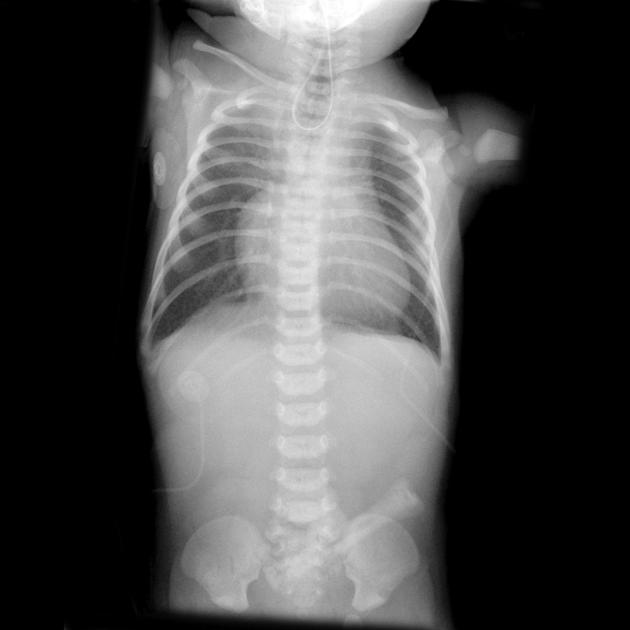
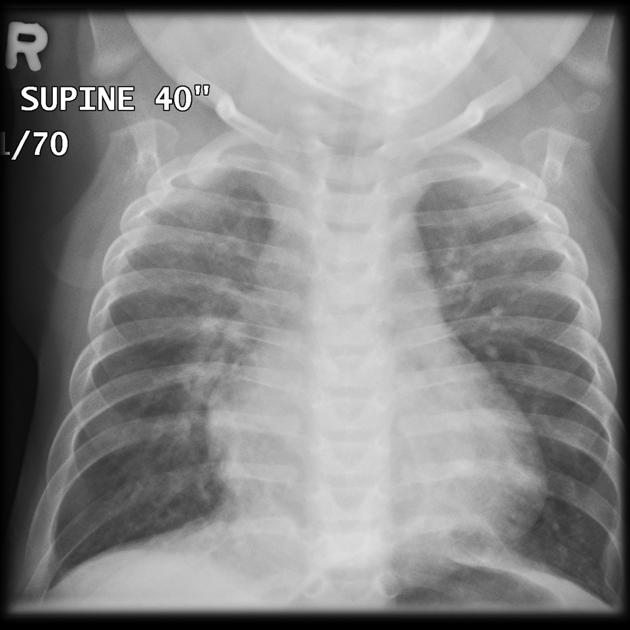
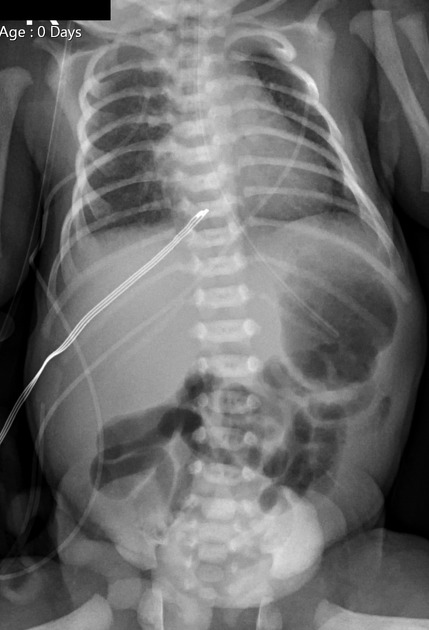

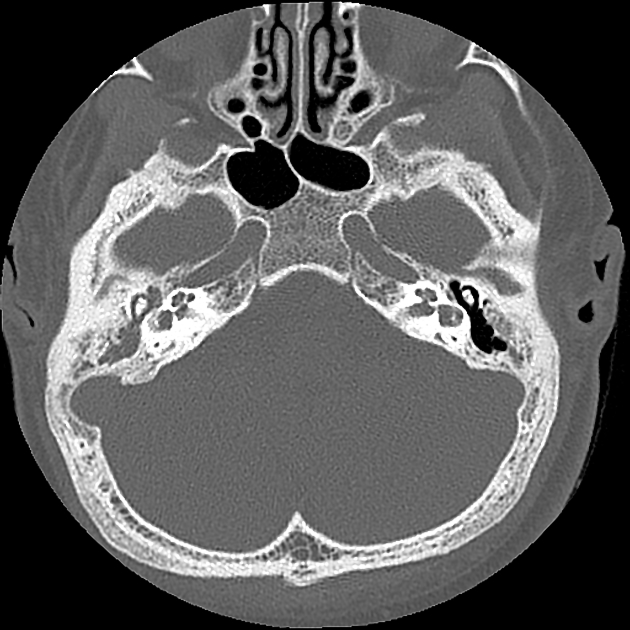

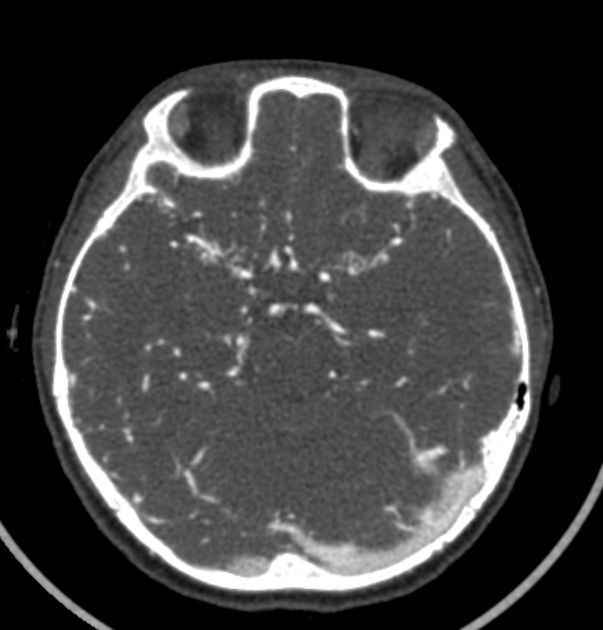
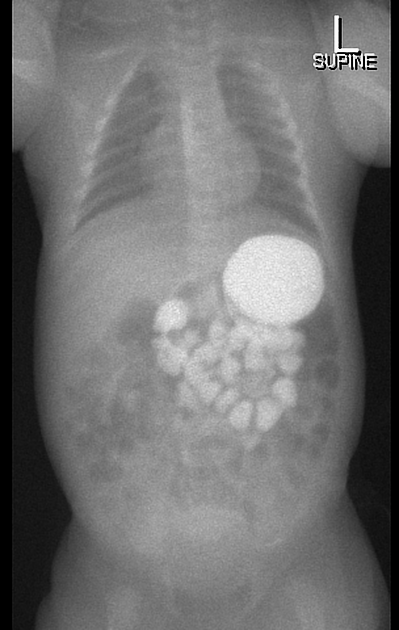
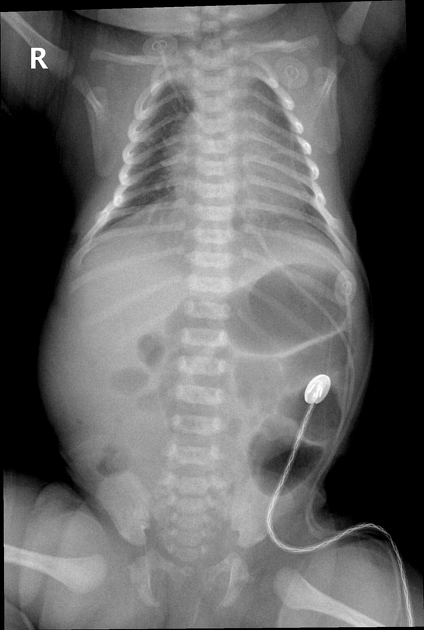


 Unable to process the form. Check for errors and try again.
Unable to process the form. Check for errors and try again.